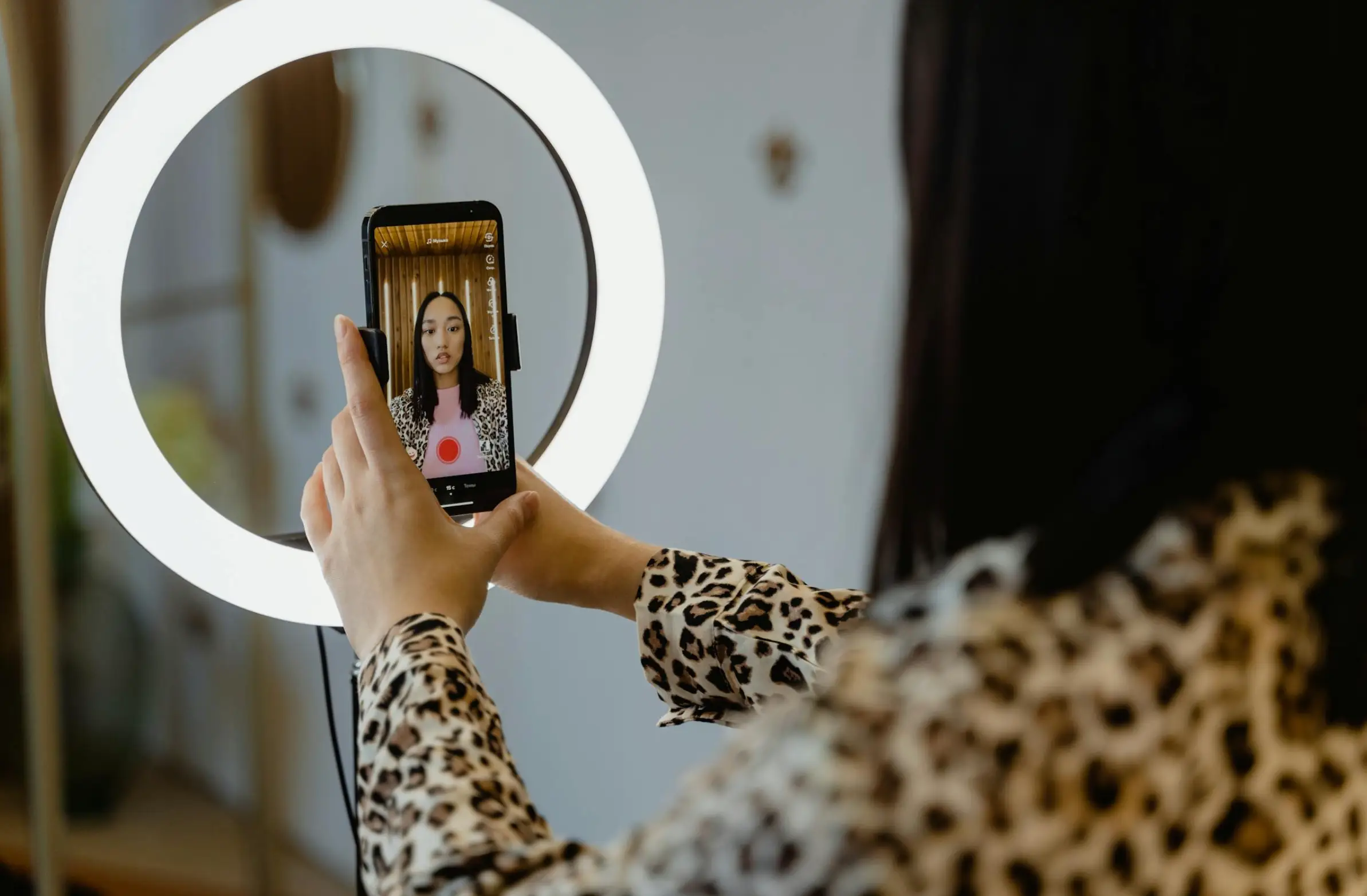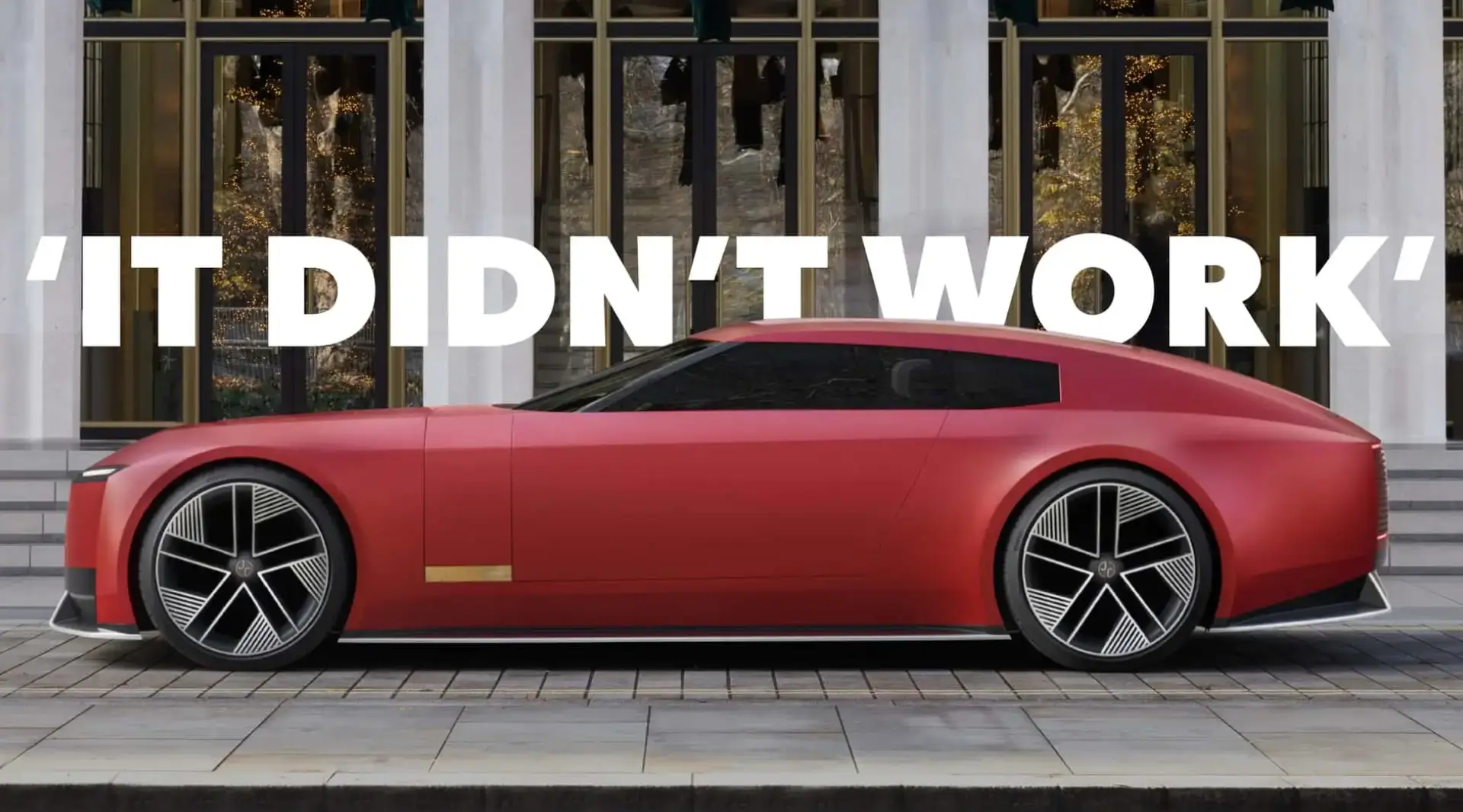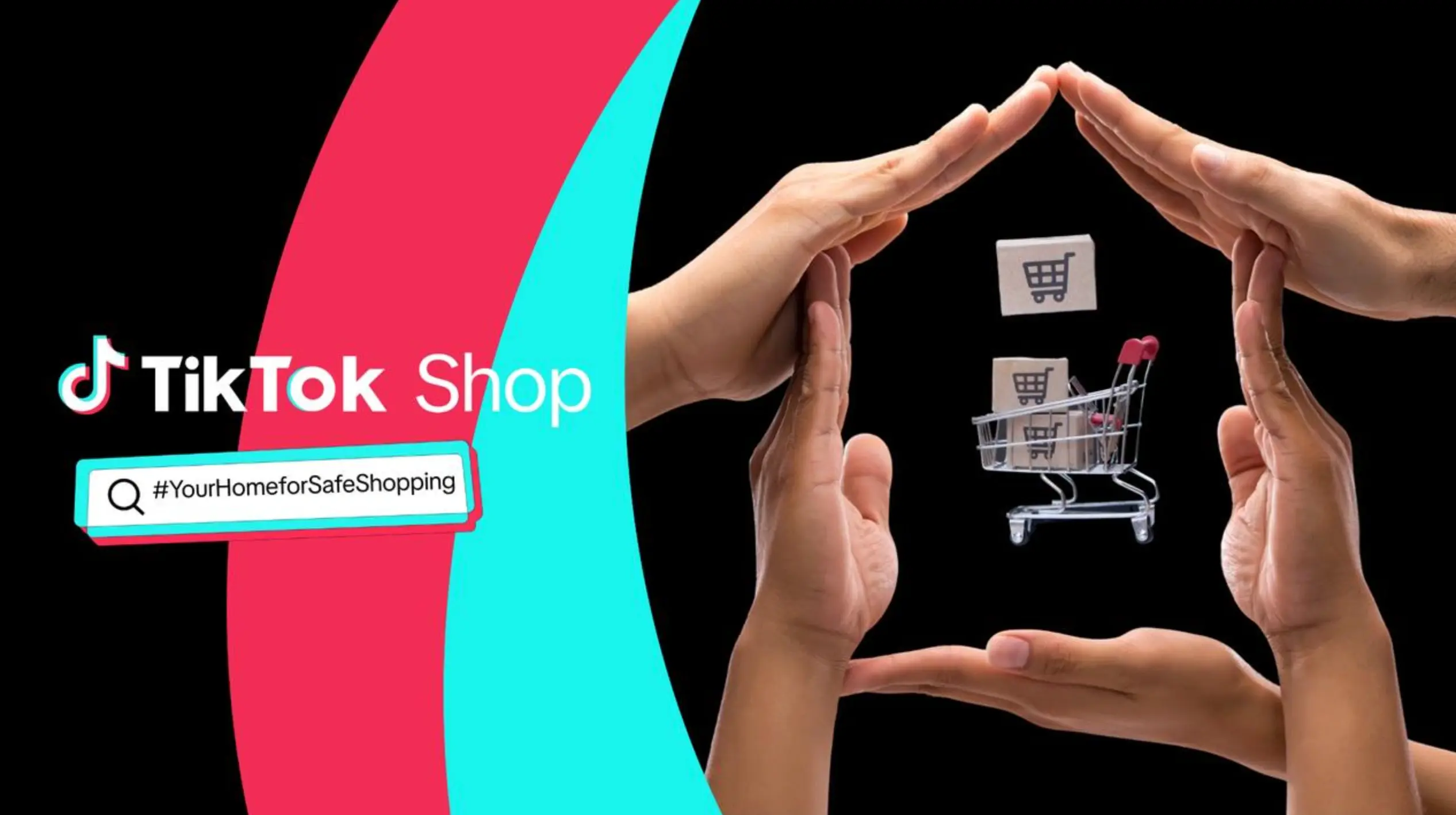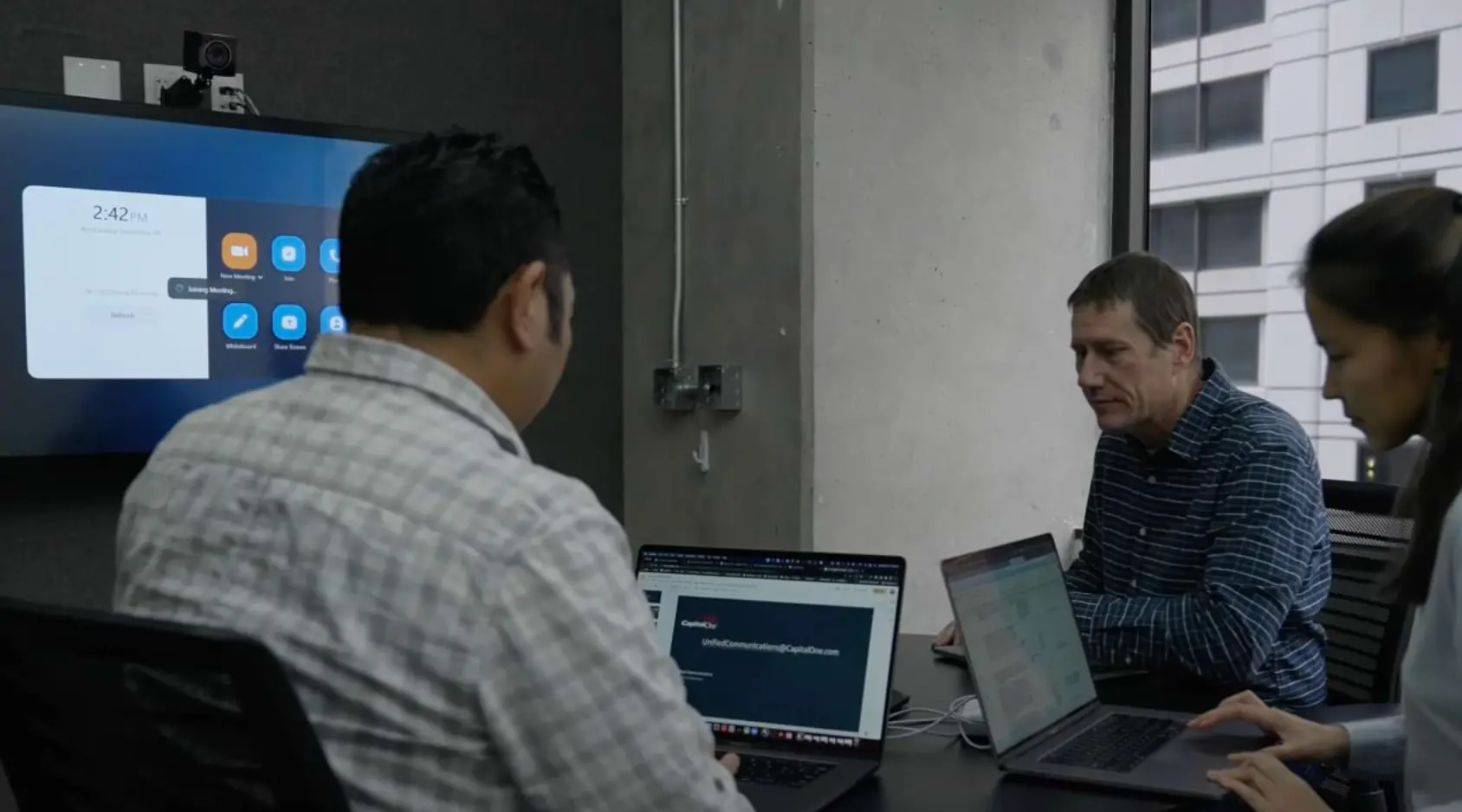Ralph Lauren Marketing Strategy (2025): Campaigns Rooted in American Grace
Updated on
Published on
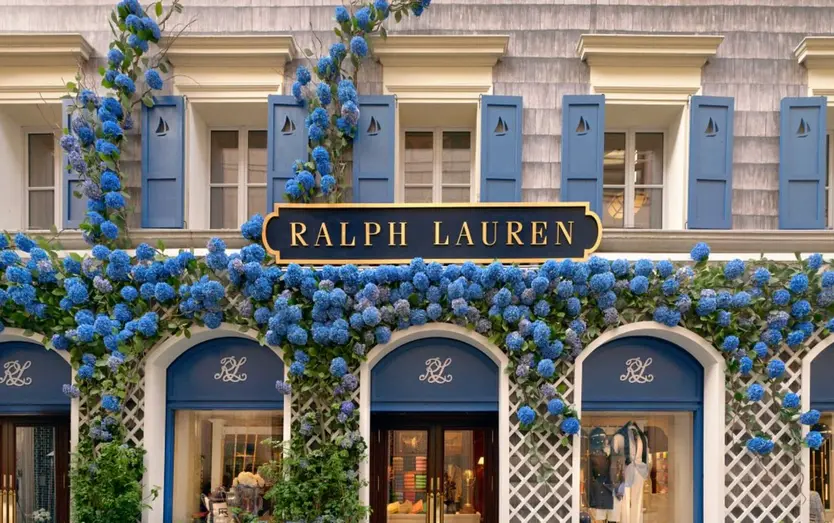
Key Facts
- Brand positioning; elevated American luxury lifestyle anchored in icons and selective distribution.
- Mission statement; “To inspire the dream of a better life through authenticity and timeless style.”
- Recent campaigns; Wimbledon, US Open, Team USA uniforms, Fortnite, and Ralph’s Coffee expansion.
Ralph Lauren's current revenue in 2025 is $10.9 billion according to a study by Companies Market Cap.
Ralph Lauren brand positioning (2025)
Ralph Lauren’s marketing strategy starts with a clear ambition to be a “leading luxury lifestyle company”, translating American heritage codes into timeless, elevated product stories that travel globally. The playbook prioritizes icons (Polo shirts, oxford button-downs, navy blazers) and selective distribution to build desirability and sustain pricing power. Marketing is built as storytelling—sport, romance, family, equestrian—and then activated through fashion shows, partnerships, and hospitality touchpoints that make the world of Ralph Lauren feel lived-in and aspirational. The lens is premium yet accessible, with consistent creative across retail, digital, and events to keep the brand coherent while it scales.
- Positioning; elevated American lifestyle, icons first, selective distribution.
- Distinctive brand world that converts aspiration into demand.
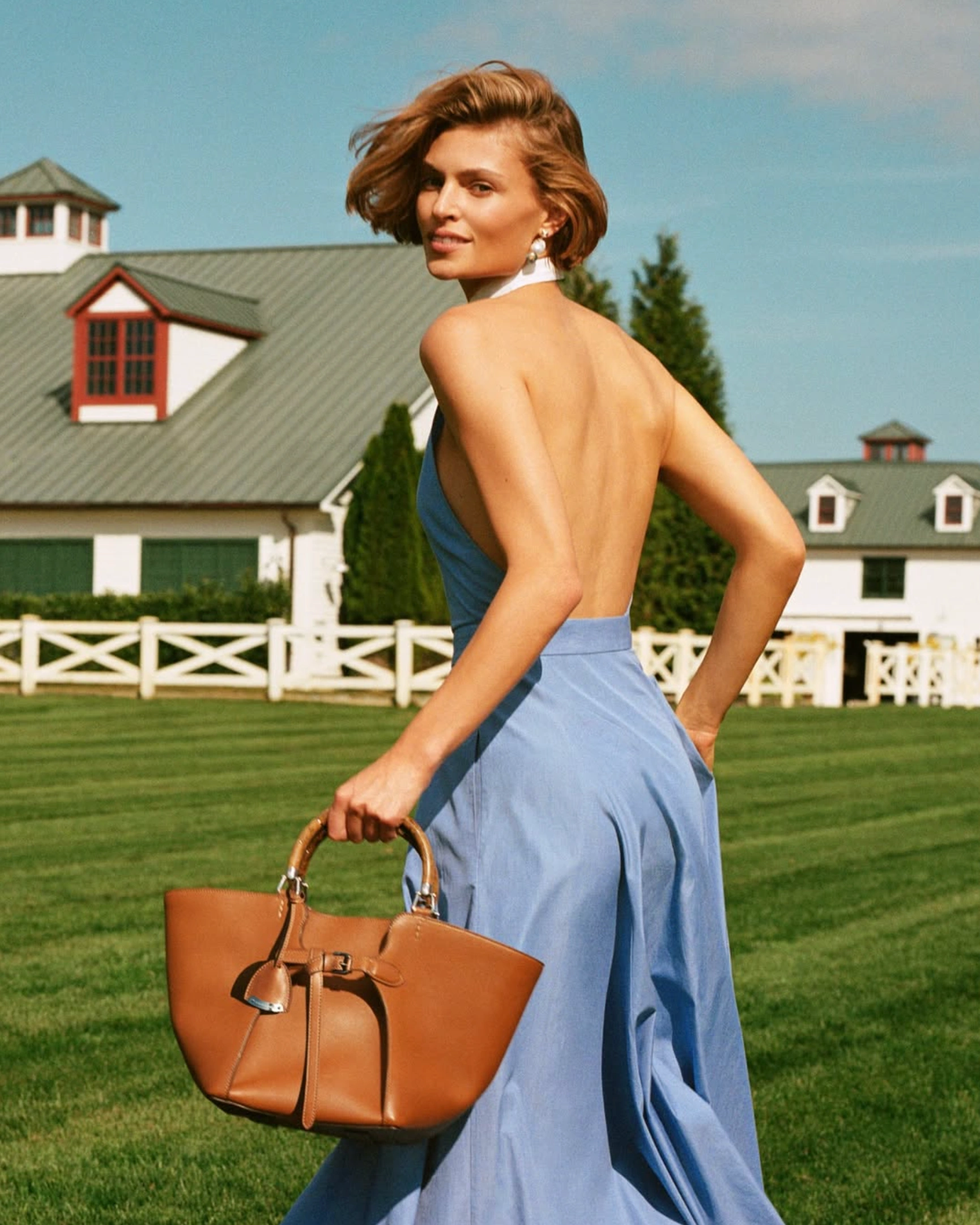
Ralph Lauren brand identity & values
Identity is the North Star: collegiate prep, equestrian/tennis motifs, a navy-and-cream palette, and the unmistakable Polo Pony. The company’s own framework—“The Ralph Lauren Way”—codifies behaviors (love what you do, aspire to the best, be passionate, act with integrity) that show up in casting, store experience, and product rigor. Heritage stays constant while the storytelling modernizes: inclusive casting, city-specific capsules, and sharp creative direction that connects runway romance to everyday icons. That balance of timeless style and modern relevance keeps brand memory—and search interest—high.
- Identity; icons, sport heritage, refined palette, consistent world-building.
- Values translate to hiring, service, partnerships, and quality cues.
Ralph Lauren marketing campaigns (recent)
Sport is a perennial stage. At Wimbledon, Ralph Lauren is the Official Outfitter (since 2006) and released a 2025 Championships capsule that cues crisp whites and tournament prestige. The brand is also a longtime Official Outfitter of the US Open, suiting officials and ball crews each summer. For Paris 2024, Team USA opening & closing ceremony uniforms spotlighted sustainability and technical craft—an earned-media magnet. Beyond sport, the Fortnite partnership remixed the Polo Stadium collection as a digital-first drop that bridged in-game skins with physical product. And in hospitality, Ralph’s Coffee continued its global expansion, turning cafés into brand theater that generates everyday UGC.
- Proof stack; Wimbledon/US Open, Team USA, Fortnite, hospitality.
- Campaigns extend icons into culture, not just ads.
Polo Ralph Lauren marketing
Within the portfolio, Polo is the accessible anchor: denim, fragrance, knits, and sport-adjacent storytelling reach younger consumers while reinforcing the corporate mission. Marketing leans into campus life, sport codes, and evergreen denim to create frequent entry points—often supported by creator programs and city-led drops. Polo’s role is to scale reach without eroding the halo of Purple Label or Collection; the brand uses price architecture and distribution to keep that balance tight while still delivering the “American dream” in attainable form.
- Role; youth reach, icons at accessible price points, high-frequency storytelling.
- Supports trial and lifetime value while preserving the luxury ladder.
Ralph Lauren Mission statement
“To inspire the dream of a better life through authenticity and timeless style.” (Applies across Polo and all Ralph Lauren brands.)
- Clarity; one sentence that travels through every campaign.
- Use verbatim in briefs, decks, and schema markup.
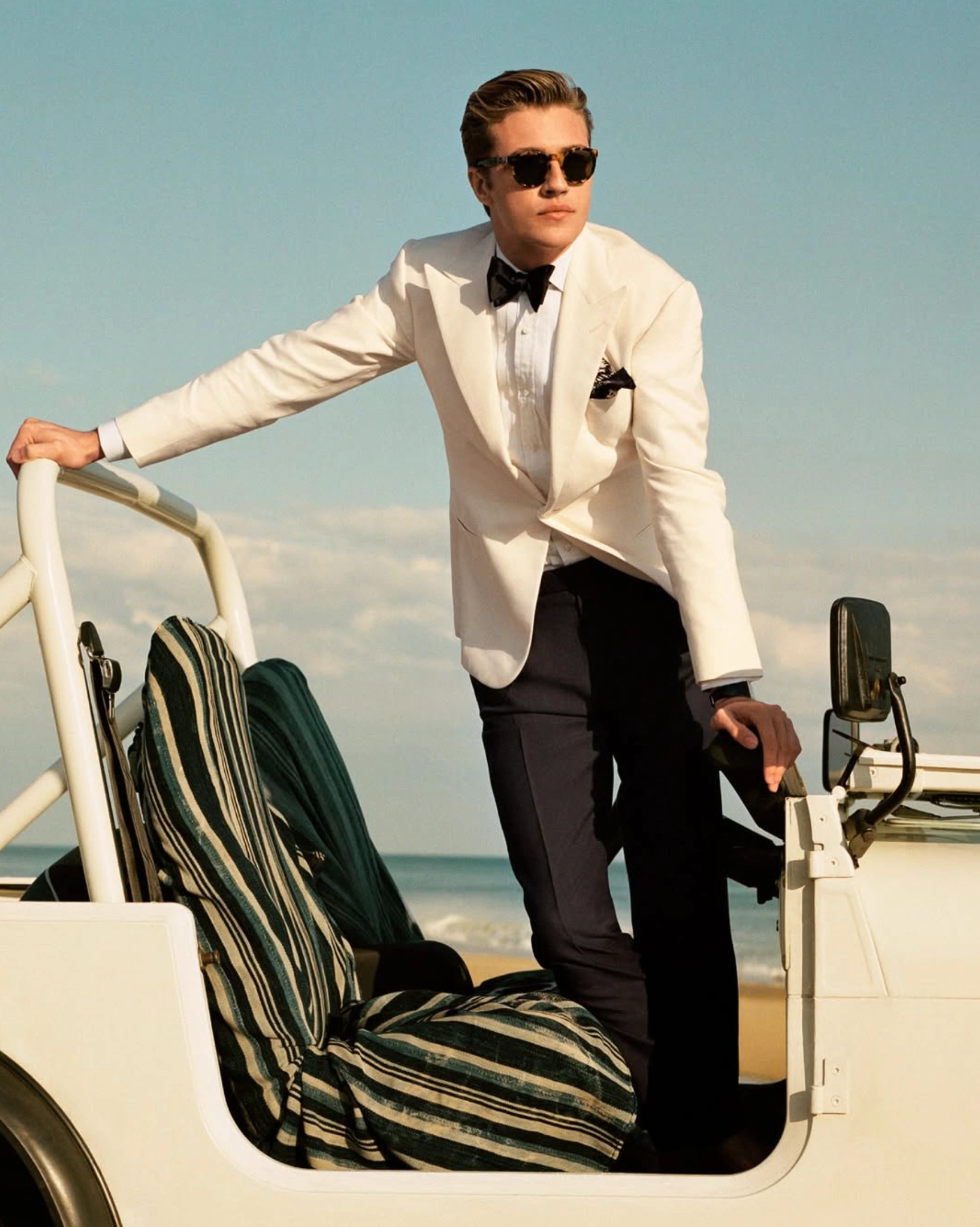
Omnichannel & clienteling strategy
Ralph Lauren’s customer experience leads the luxury pack on omnichannel service and clienteling, ranking near the top of industry indices and showing strong adoption of mobile clienteling and messaging platforms to maintain one-to-one relationships. Stores are not just showrooms; they’re content stages and service hubs that enable order-from-anywhere. The outcome is premium service at scale—high-touch touches that elevate conversion and repeat.
- Clienteling; high marks for omnichannel service and direct advisor connections.
- Stores double as content and service nodes that boost LTV.
International growth (Asia/Europe)
The brand adapts its American heritage for local markets—especially in Asia—through tailored buys, localized storytelling, and hospitality footprints that bottle the Ralph Lauren world. Recent earnings updates show balanced growth across regions, with China singled out as a standout within Asia; ongoing investment in retail fleet quality and DTC is designed to reduce dependency on promotions and wholesale. In Europe, heritage sport partnerships and travel-retail moments help sustain tourism-led demand while protecting price integrity.
- Playbook; local relevance without diluting the core American code.
- Mix of DTC growth, retail elevation, and selective wholesale.
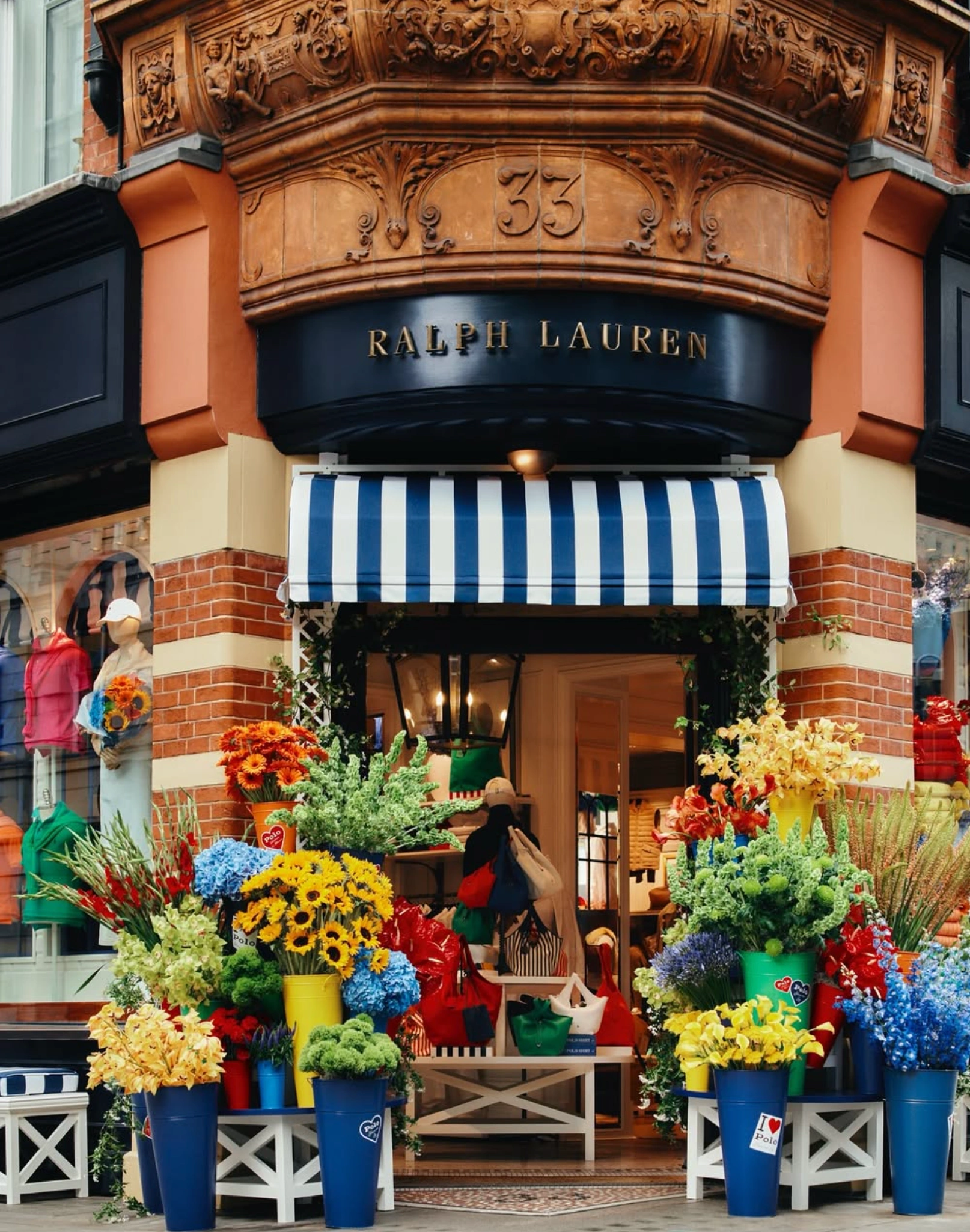
Digital-to-physical storytelling (gaming & hospitality)
The Fortnite capsule proved that Ralph Lauren can meet new audiences where they play—reimagining the Pony logo and letting fans wear the brand in-game before they buy IRL. That same “world first” strategy shows up in hospitality: Ralph’s Coffee and The Polo Bar translate brand codes into rituals (lattes, burgers, clubby interiors) that deepen memory structures and invite everyday participation. Hospitality becomes content, content becomes consideration, and consideration becomes conversion across cafés, restaurants, and retail clusters.
- Phygital; digital drops + real-world venues create new entry points.
- Hospitality is evergreen UGC that warms performance media.
Brand elevation, pricing power & results
The elevation era is measurable: average unit retail (AUR) has risen as discounting falls and mix tilts into icons and higher-margin channels. Crucially, the company lifted marketing investment to ~7% of revenue, up from roughly 3.3% several years ago, funding broad storytelling and more targeted programs for key cohorts. Add steady DTC expansion and disciplined inventory, and you get a healthier margin profile that supports reinvestment in product and brand.
- Levers; icons, channel mix, higher AUR, sustained marketing at ~7%.
- Outcomes include stronger margins, cleaner inventory, and repeat.
Challenges & risk management
With scale comes exposure: the company actively protects its brands against counterfeits, partners with law enforcement, and educates consumers on authenticity. Tariff volatility and geopolitical shifts sit in the risk stack, which is why supply-chain agility and diversified growth matter. The elevation agenda addresses brand-erosion risks from over-promotion, while sustainability expectations push continuous improvement in materials, manufacturing, and messaging across global launches.
- Risks; counterfeiting, tariffs, promotional pressure—managed via elevation and enforcement.
- Continuous progress on sustainability and supply-chain agility.
FAQ: strategy, positioning, campaigns, values
What is Ralph Lauren’s mission statement?
“To inspire the dream of a better life through authenticity and timeless style.”
What is Ralph Lauren’s brand positioning?
Elevated American luxury lifestyle built on icons, selective distribution, and consistent storytelling.
What are Ralph Lauren’s values?
“The Ralph Lauren Way” (love what you do, aspire to the best, act with integrity) guides culture and brand behavior.
What recent marketing campaigns stand out?
Wimbledon and US Open outfitting, Team USA uniforms for Paris 2024, the Fortnite capsule, and Ralph’s Coffee expansion.
How does Polo Ralph Lauren marketing differ?
Polo anchors accessible price points and youth reach (denim, fragrance, sport narratives) while reinforcing the corporate mission.
How is Ralph Lauren driving pricing power?
Through brand elevation: more icons and DTC, less discounting, higher AUR, and sustained ~7% marketing spend.
How does omnichannel/clienteling fit into the strategy?
Associate-led messaging, high-touch service, and top-tier omnichannel execution deepen loyalty and raise lifetime value.

